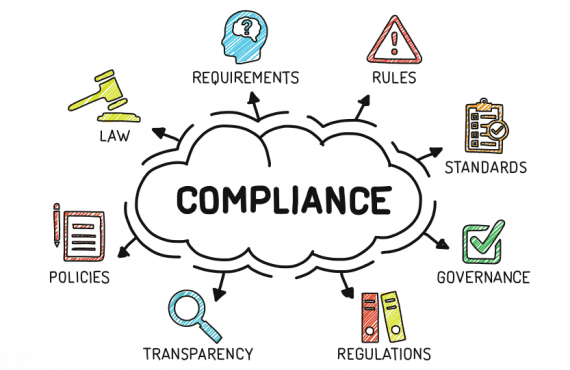A recently released report from the Office of Inspector General (OIG) details that from July through November 2019, the Office of Inspector General (OIG) conducted unannounced site visits at 20 nursing homes in Iowa. During those visits, the OIG identified that all 20 nursing homes had deficiencies in areas related to life safety and emergency preparedness.
The OIG selected a nonstatistical sample of 20 nursing homes from the 437 Iowa nursing homes participating in Medicare or Medicaid programs that had the most combined life safety and emergency preparedness deficiencies from 2016-2018. The objective of the unannounced site visits was to determine whether Iowa ensured that selected nursing homes participating in Medicare or Medicaid programs complied with updated Centers for Medicare & Medicaid Services (CMS) life safety and emergency preparedness requirements.
During the onsite, unannounced inspections, the OIG found the following:
- 122 instances of noncompliance with life safety requirements related to building exits, fire detection and suppression systems, hazardous storage, smoking policies, and electrical equipment maintenance, among others.
- 133 instances of noncompliance with emergency preparedness requirements related to written plans, emergency power, emergency communications and training, among others.
The OIG concluded that as a result, residents at the 20 nursing homes were at increased risk of injury or death during a fire or other emergency, and that the identified areas of noncompliance occurred because Iowa did not have a standardized life safety training program for all staff. This is not currently required by CMS. In addition, Iowa did not adequately follow up on deficiencies previously cited or require nursing homes or inspection contractors to tag systems that are critical to the health and safety of nursing home residents when these systems may not work as required, or notify the State.
The OIG recommends that Iowa follow up with the 20 nursing homes to ensure corrective actions have been taken regarding the deficiencies. Other procedural recommendations include that Iowa conduct more frequent surveys and follow-up at nursing homes with a history of multiple high-risk deficiencies, and address the tagging of critical systems.
Iowa did not concur with the OIG recommendation regarding tagging of critical systems. Iowa did concur “with limitations” on three of the recommendations and the associated findings and described a corrective action. After the OIG reviewed Iowa’s comments, it revised the findings by removing three deficiencies related to noncompliance with life safety requirements and six deficiencies related to emergency preparedness noncompliance.
The OIG complete report can be accessed at: Iowa Should Improve Its Oversight of Selected Nursing Homes’ Compliance With Federal Requirements for Life Safety and Emergency Preparedness, A-07-19-03238 (hhs.gov).
Issue:
All facility leaders should be well versed in life safety and emergency preparedness requirements. The Emergency Preparedness Plan and Life Safety code requirements should be reviewed by facility leaders who must ensure that staff are aware of and meeting the requirements. It is critical that the facility’s Emergency Preparedness Plan is reviewed periodically and implemented promptly should any emergency arise.
Discussion Points:
- Review your Emergency Preparedness Plan and update as necessary. Review the most current Life Safety codes and ensure that your building meets those requirements. Make sure the Plan is available to staff so they can easily access the guidelines for the various components should an emergency occur.
- Train all staff on your Emergency Preparedness Plan. Conduct drills for the various disaster response plans to ensure staff competency with each. Ensure that the facility Maintenance Director is aware of current Life Safety codes and provide training as needed. Document that these trainings and drills occurred, and file the signed documents in each employee’s education file.
- Periodically conduct environmental audits to ensure that Life Safety codes are being followed. Audit staff to ensure that they are aware of their roles during an emergency per your Emergency Preparedness Plan.
CMS – EMERGENCY PREPAREDNESS CHECKLIST
EMERGENCY PREPAREDNESS REQUIREMENTS FOR NURSING HOMES













































































